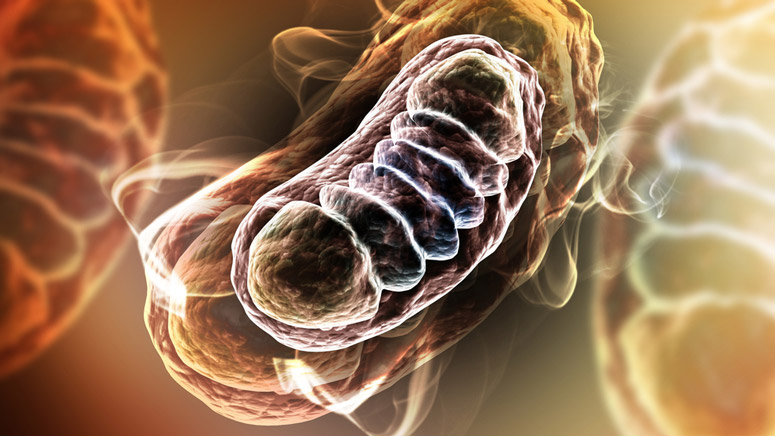Overview of Mitochondria?
Mitochondria are the powerhouse of the body. There are thousands of mitochondria in almost all cells of the body. They account for up to 90 percent of the energy needed for basic function. Working as miniature energy factories, they convert digested food into adenosine triphosphate or ATP, the usable form of energy. ATP plays a key role in many cellular processes, including protein synthesis, nerve impulse propagation, and muscle contraction. When we age, mitochondria might become dysfunctional over time and lead to many health issues. [1]
What Is Mitochondrial Dysfunction?

Mitochondrial dysfunction occurs when we age. It is a chronic and genetic condition that happens when mitochondria cannot generate sufficient energy for proper function in the body. Nearly all body parts can be affected, including the cells in the pancreas, ears, eyes, liver, kidneys, heart, muscles, nerves, or even brain. The disorder could be present at birth, though can happen at any age as well. Secondary mitochondrial dysfunction would also be caused by other conditions. Unlike primary genetic condition, people with secondary form do not have to be concerned about the worsening or ongoing development of symptoms over time. [2]












